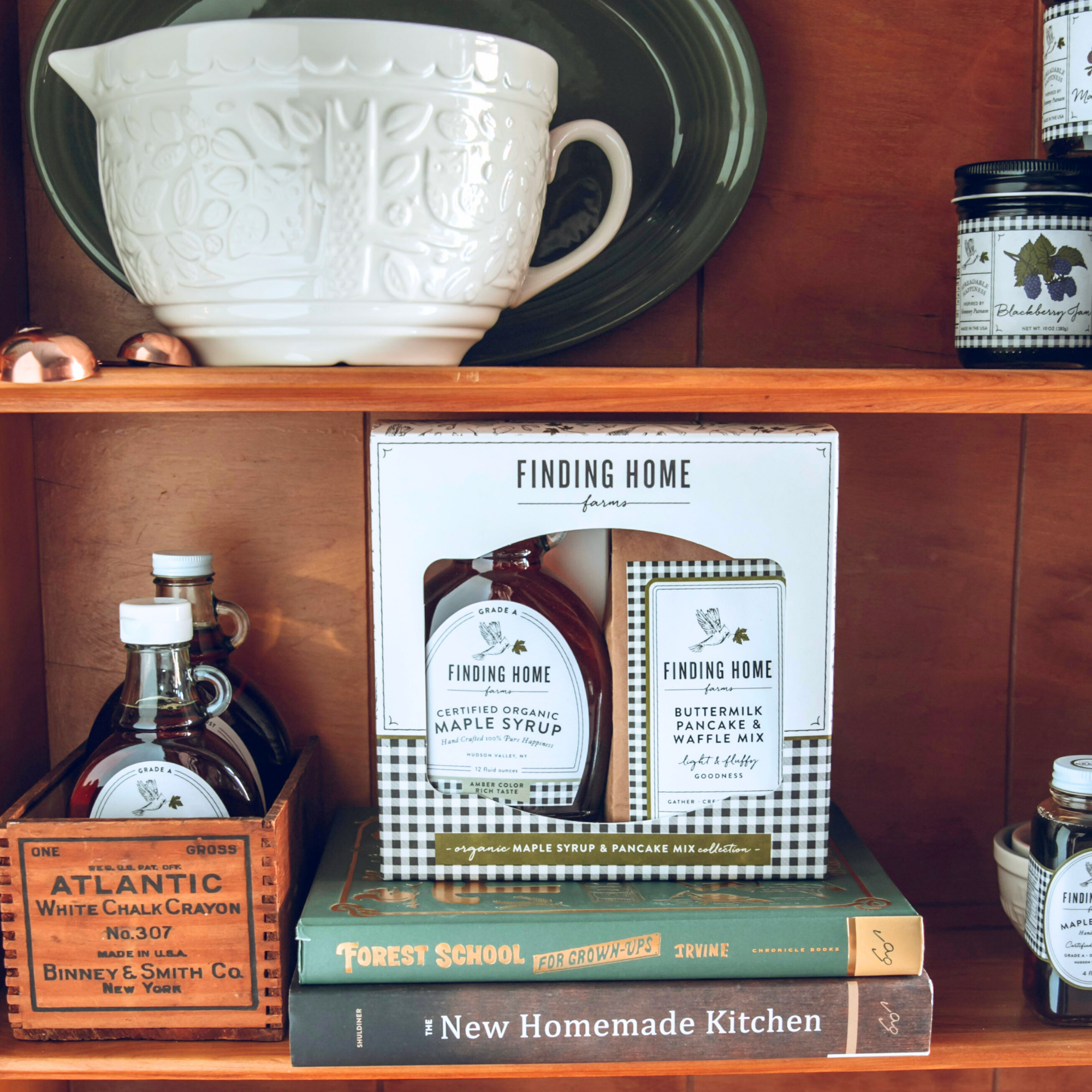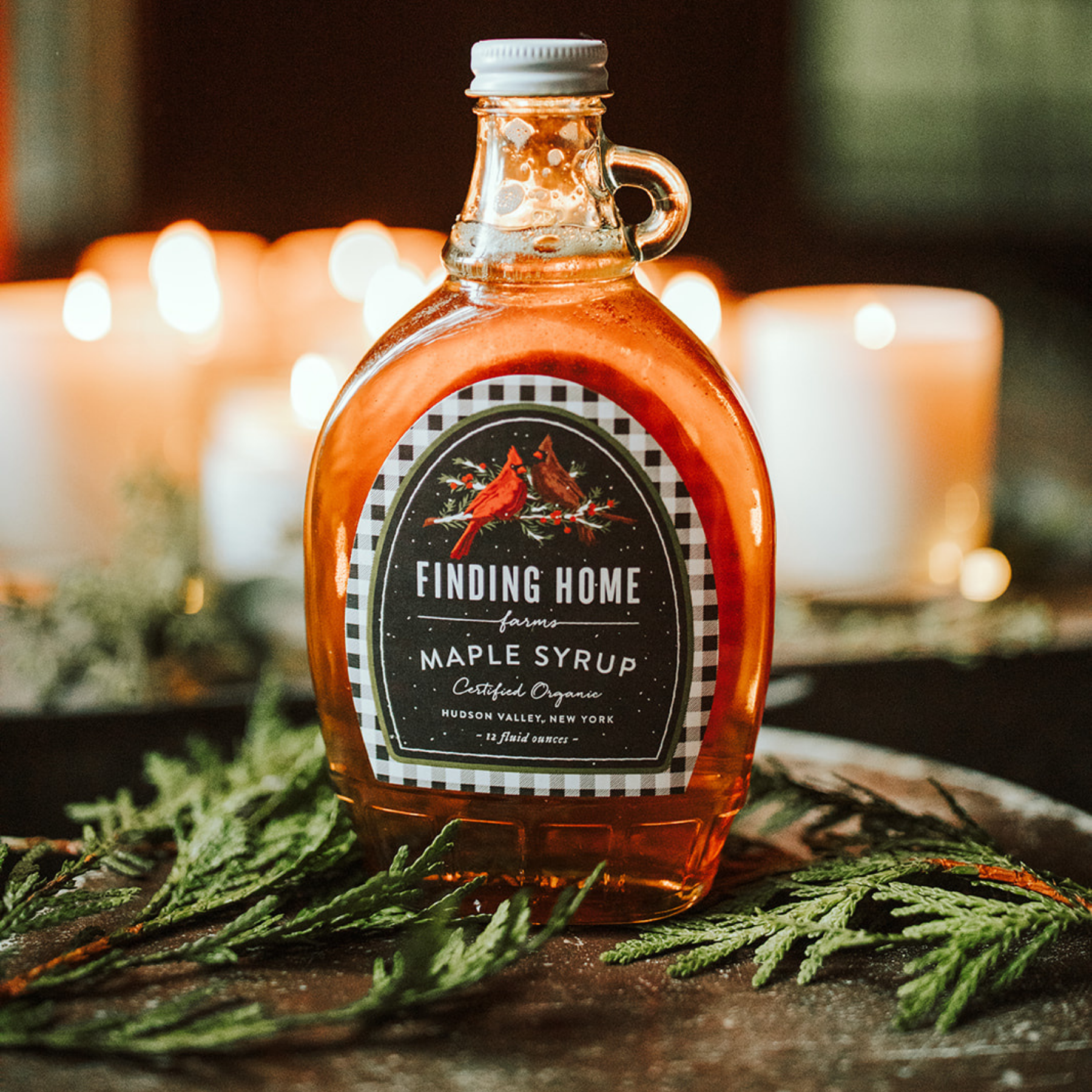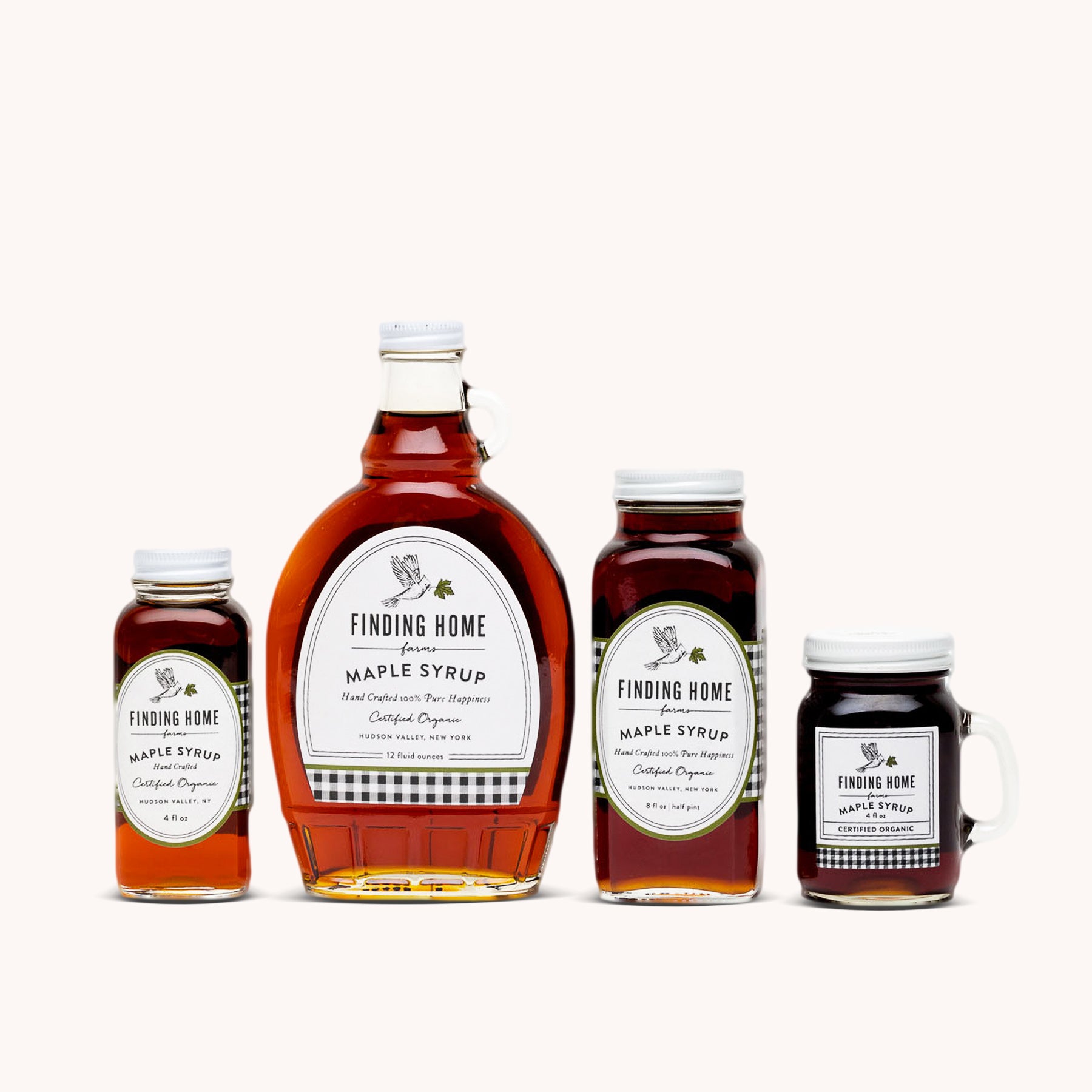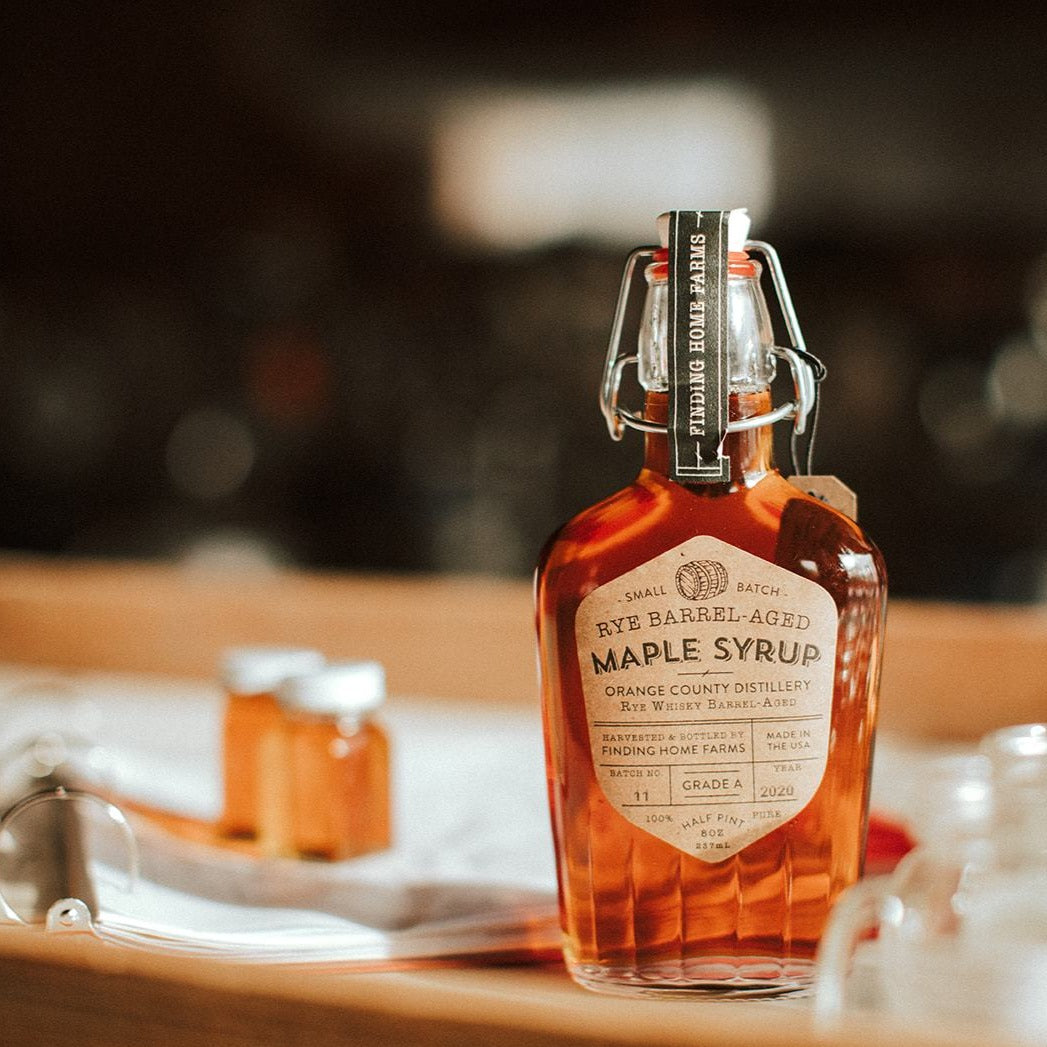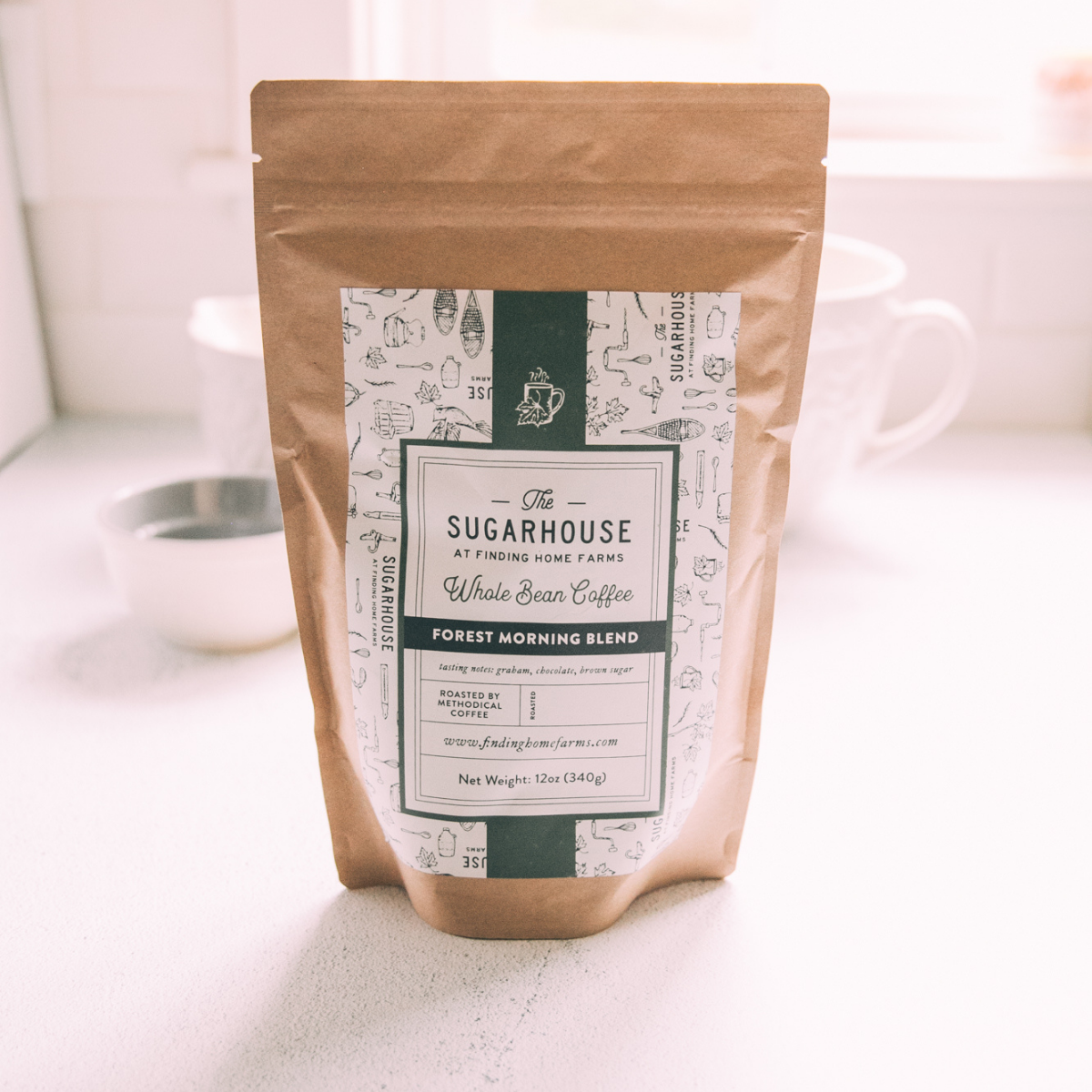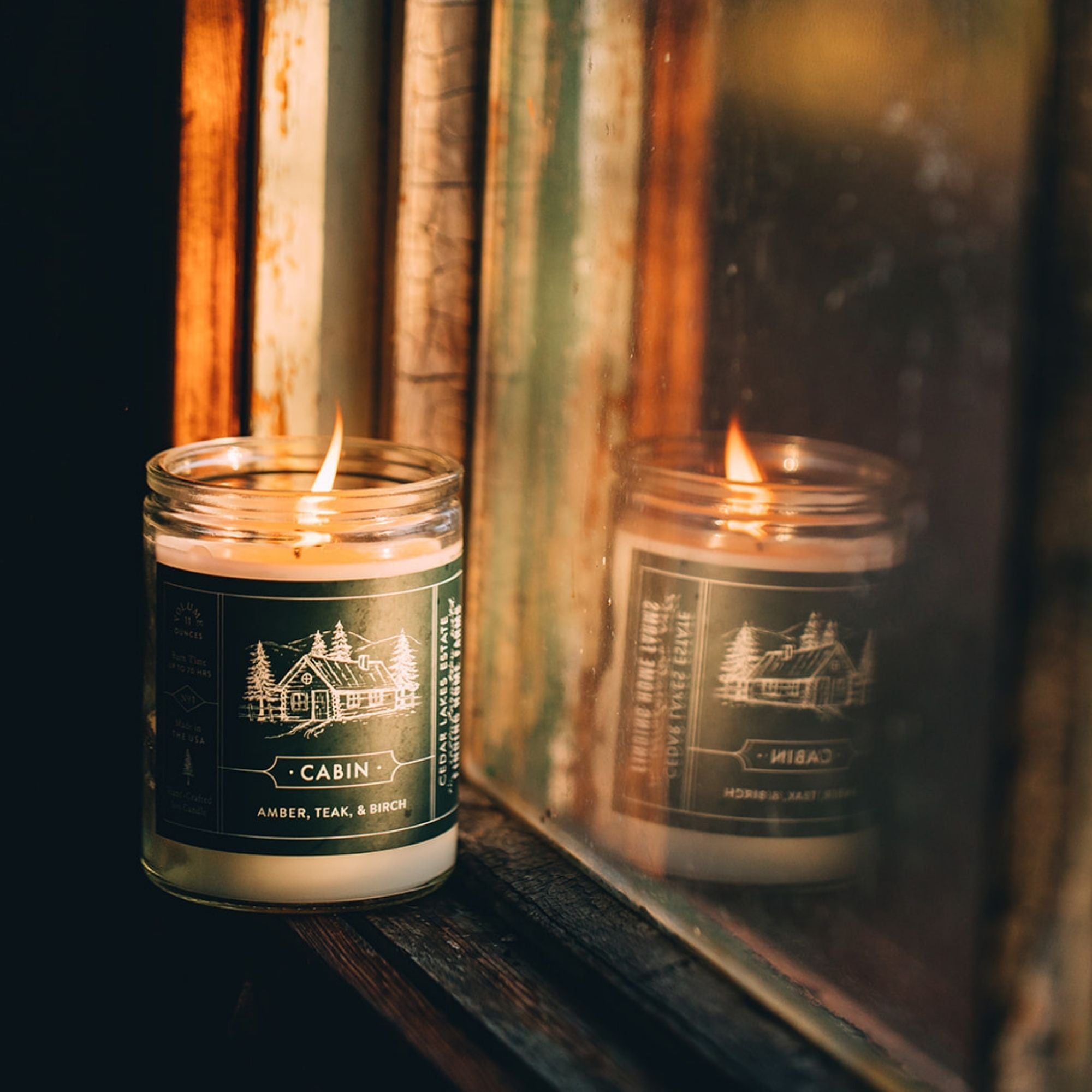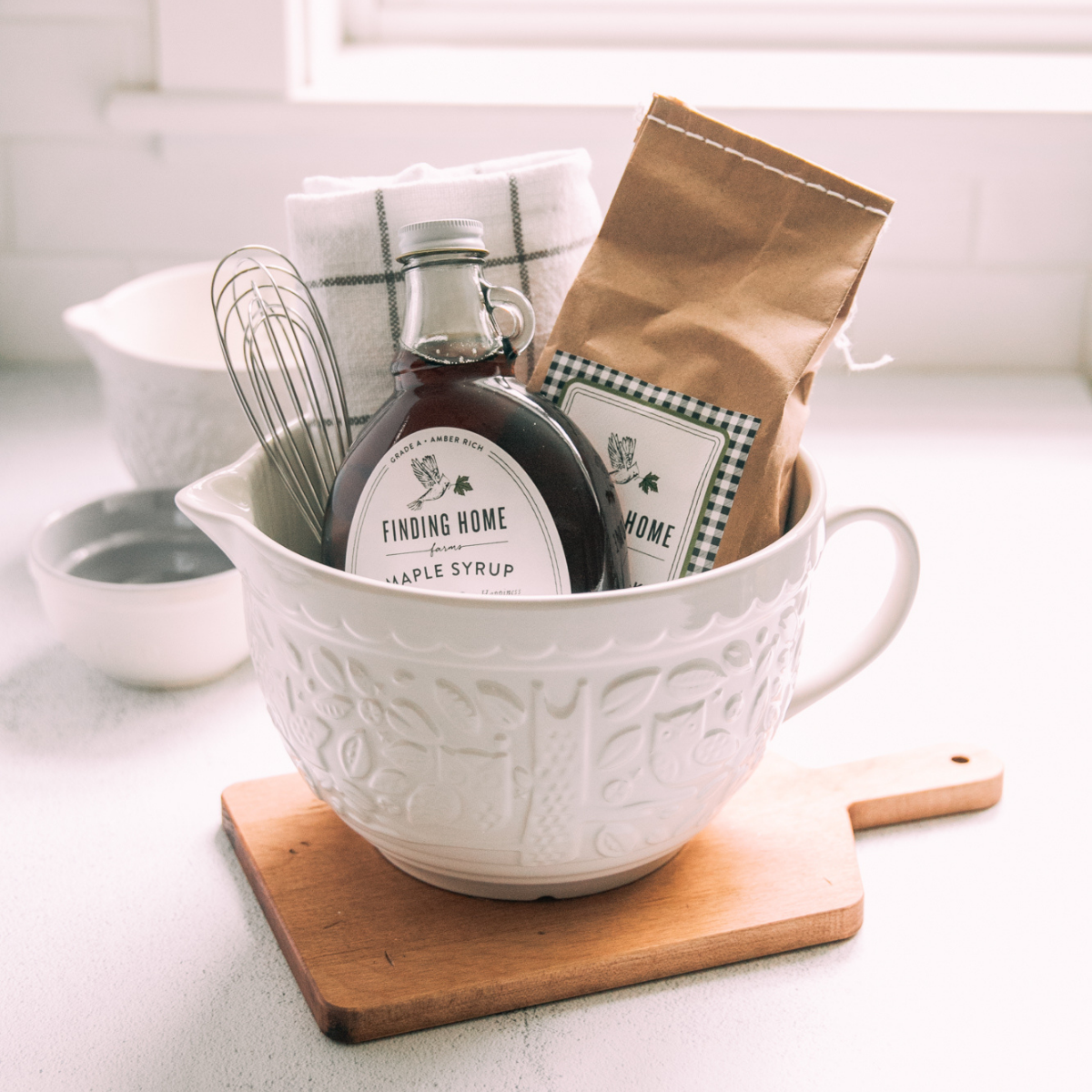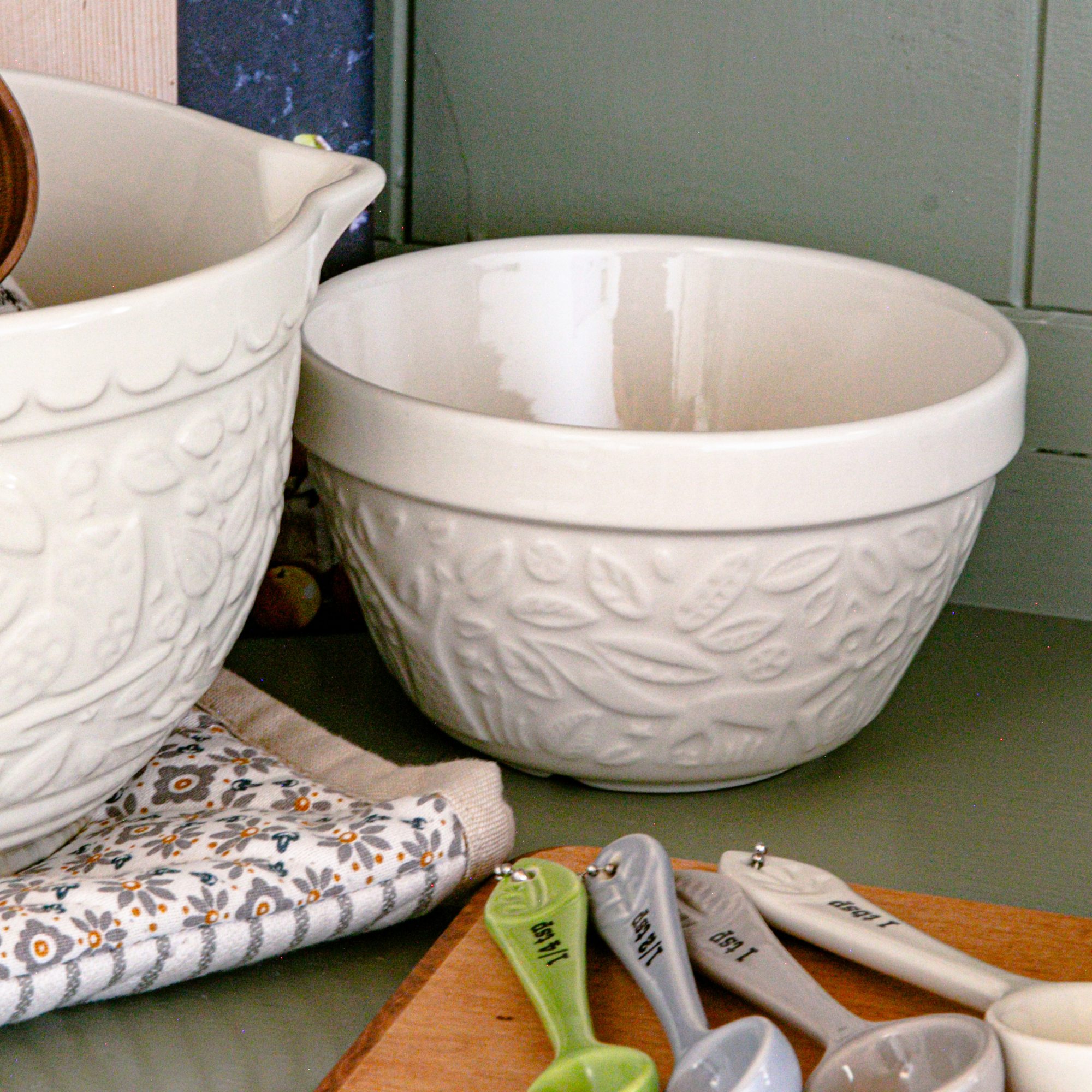DIY Backyard Kitchen Herb Garden


Every year I have grand gardening plans. But then as the weather gets hot and sticky and buggy – I start to loose interest somewhat. But this year, with Hubby around, he has taken the lead on the garden and it is doing really well. Our garden is a good size, but kind of far away from the house. I have a tendency to start cooking and then realized I want to add some herbs from the garden. So, this year, I decided to put some herbs right on the back deck where they can easily be grabbed. And since, it is an herb garden, I decided to go ahead and “decorate” it with a kitchen them. I found some inexpensive bowls, plates, cups and spoon rests at a local discount store.

Putting the garden together is rather easy and be customized many different ways. We chose to use galvanized containers because I have a lot of them – so many, in fact, I made a Christmas tree out of them. However, any selection of planters would work. We also used a small vintage door but that could easily be replaced with painted plywood or stained hardwood. Or, you could create something similar to this project. Materials: 4 containers Door or plywood Wood for bracing Screws and washers Rocks for filler Empty bottles and cans for filler Potting soil Herb plants of your choice 1. Drill Drainage Holes You want to drill holes in the bottom of your containers. Not only will this be beneficial for drainage for the health of your plants, allowing water to drain will also cut down on the weight of the hanging containers. We used a large drill bit and it went through quite easily. 2. Add Wood Braces We had two issues to address when building this. First making sure it didn’t tip over and second to make sure the door could support the weight of the containers. To address these issues we attached wood braces for balance and stability. The wood we used was scrap wood left over from another project. Our wood was primed, but any wood would work. The first brace we attached was down the entire length of the back. We drilled pilot holes and then used wood screws at the top, center and bottom. This board gives the door more stability and gave us more to drill into when we attached the planters.  Next, we added the following braces to the bottom of the door: - A thin strip across the width of the bottom of the door on both the front and the back. This is to strengthen and widen the bottom of the door to attach the “feet” or bottom pieces. - Three larger pieces (bottom or “feet”), screwed from the underside in the width of the container - A brace across the width of the door at the top of the container height. This is to attach the angle brace to from the center “foot” or bottom piece. - One angled brace connecting the brace to the center “foot”.
Next, we added the following braces to the bottom of the door: - A thin strip across the width of the bottom of the door on both the front and the back. This is to strengthen and widen the bottom of the door to attach the “feet” or bottom pieces. - Three larger pieces (bottom or “feet”), screwed from the underside in the width of the container - A brace across the width of the door at the top of the container height. This is to attach the angle brace to from the center “foot” or bottom piece. - One angled brace connecting the brace to the center “foot”.  Here is a diagram to better show the placement of the braces.
Here is a diagram to better show the placement of the braces.  As you can see in the diagram, we also drilled straight into the sides of the top brace from the outside of the container (going right through the metal into the wood). These screws in the side of the container added a lot to the stability. 3. Add Hooks and Brackets for Top Containers Now your main structure is complete, you can start attaching your containers. For the top container, we attached a large hook (through the door and the back braces) and hung the container from it. For the second container, we attached two window box brackets for support.
As you can see in the diagram, we also drilled straight into the sides of the top brace from the outside of the container (going right through the metal into the wood). These screws in the side of the container added a lot to the stability. 3. Add Hooks and Brackets for Top Containers Now your main structure is complete, you can start attaching your containers. For the top container, we attached a large hook (through the door and the back braces) and hung the container from it. For the second container, we attached two window box brackets for support.  We then drilled right through the container at the center with two screws. We ended up going back and adding a washer to each screw so it didn’t slip. We also found the container hung at a strange angle, so we added a small board underneath and across the bottom of the container to lift it to hang straight.
We then drilled right through the container at the center with two screws. We ended up going back and adding a washer to each screw so it didn’t slip. We also found the container hung at a strange angle, so we added a small board underneath and across the bottom of the container to lift it to hang straight.  We added another container to the back of the door. This gave us more planting space as well providing balance. We used a maple spout with a large pilot hole and hung a maple bucket. However, you could simply attach another bucket on a hook or bracket.
We added another container to the back of the door. This gave us more planting space as well providing balance. We used a maple spout with a large pilot hole and hung a maple bucket. However, you could simply attach another bucket on a hook or bracket.  4. Add Filler to Containers For more stability and drainage, we added rocks to the base container.
4. Add Filler to Containers For more stability and drainage, we added rocks to the base container.  We added empty cans and water bottles to the other containers. By filling in half way with bottles and cans, the weight of the containers was cut way down because you need much less dirt.
We added empty cans and water bottles to the other containers. By filling in half way with bottles and cans, the weight of the containers was cut way down because you need much less dirt.  5. Plant your containers Now you are ready to add your soil and plants. I chose several types of herbs and also decided to add some lettuce. I also added some mulch to help keep the moisture in and prevent weeds.
5. Plant your containers Now you are ready to add your soil and plants. I chose several types of herbs and also decided to add some lettuce. I also added some mulch to help keep the moisture in and prevent weeds.  6. Decorate your garden Because this is a “kitchen garden” I decided to have some fun and decorate it with dishware. I used transferware plates, however, you can use anything that suits your style. I found mine at a discount store but mismatched items founds at a yard sale would work great for this project. I also super glued two plates on the back side.
6. Decorate your garden Because this is a “kitchen garden” I decided to have some fun and decorate it with dishware. I used transferware plates, however, you can use anything that suits your style. I found mine at a discount store but mismatched items founds at a yard sale would work great for this project. I also super glued two plates on the back side.  I labeled each of my herbs with a sharpie oil based paint pen. I chose to use blue so it was subtle, but any color would work. It should be oil based as water based will wash right off in the rain.
I labeled each of my herbs with a sharpie oil based paint pen. I chose to use blue so it was subtle, but any color would work. It should be oil based as water based will wash right off in the rain.  I am happy to report that Mother Nature has tested our Kitchen Herb Garden quite thoroughly with LOTS of rain and wind. She still stands stable and is growing in beautifully! And now, I can get cilantro, rosemary, basil, oregano, thyme and my new favorite – lemon verbena – right out my back door.
I am happy to report that Mother Nature has tested our Kitchen Herb Garden quite thoroughly with LOTS of rain and wind. She still stands stable and is growing in beautifully! And now, I can get cilantro, rosemary, basil, oregano, thyme and my new favorite – lemon verbena – right out my back door.  This project was a lot of fun to work on and was actually the first project Hubby and I truly collaborated on. We started with one idea, which developed to another which lead us here. A fun project indeed! Thanks so much for reading. If you like this project, you might also want to visit these projects…
This project was a lot of fun to work on and was actually the first project Hubby and I truly collaborated on. We started with one idea, which developed to another which lead us here. A fun project indeed! Thanks so much for reading. If you like this project, you might also want to visit these projects…
Wishing you a great day!
Linking up at Savvy Southern Style.
Take care,
Laura

